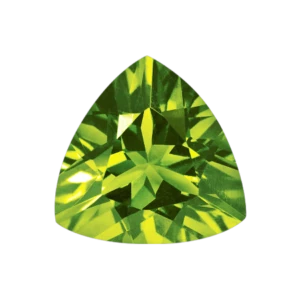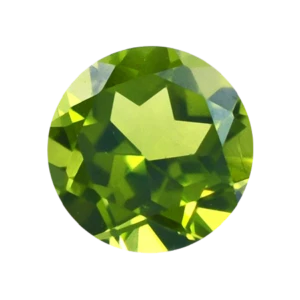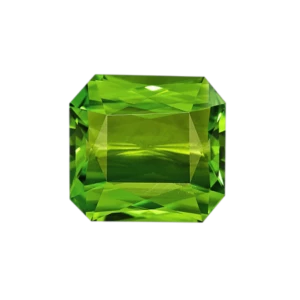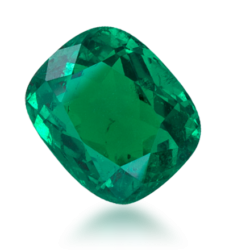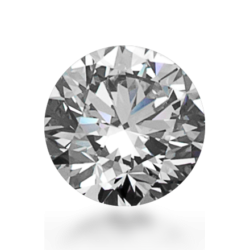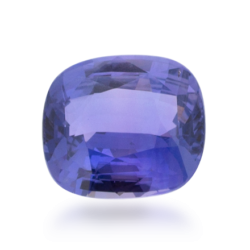Peridot
Peridot, sometimes called olivine when it has a sustained / strong green color, is a detoxification stone and a gem much appreciated by jewelers since Antiquity. Faceted, rough or polished, it is the anniversary stone of the 8th year of marriage.
What do you need to know in order to choose your peridot jewel, to ensure the authenticity of its gem and to benefit from all the benefits of this stone?
Peridot, olivine or chrysolite: general characteristics
A stone with a rich and ancient history, peridot seduces with its original nuances and the creativity it allows in terms of size. It is also prized thanks to its many positive virtues in lithotherapy. Discover everything you need on this exceptional stone.
Peridot is characterized by its olive-green, yellowish-green, honey, red or even brownish color. Rather pale in appearance, it is a crystal of clear appearance when polished and faceted. Generally, it is a stone of small dimensions, but still very aesthetic and pleasant to wear. Peridot is sometimes called chrysolite (from the Greek, golden stone); it then refers to green to green-yellow varieties that come from volcanic stones. When it is referred to as olivine, it is because we want to highlight its dominant olive-green color.
Its chemical composition includes a majority of ferrous magnesium silicates. It is the concentration of iron in each copy that makes its hues vary from green to yellowish. The peridots have the particularity of coming, not from the crust of the earth like the other crystals, but from the earth’s mantle. The movement of tectonic plates releases these raw minerals to the earth’s surface. The peridot gemstones have travelled hundreds of kilometers from the depths of the earth.
How to recognize an authentic peridot?
To recognize an authentic peridot stone, you must ensure the purity of the mineral. In the case of a small stone (less than 3 cts), a peridot gem of AAA quality has perfectly pure crystals. Inclusions are difficult to see with the naked eye, it is important to have a X10 microscope or a strong magnifying glass to see them.
With a hardness of 7/10 on the Mohns scale (the diamond is classified at 10/10), it is a robust gem, which lends itself thus to all the work of jewelry: polishing, assembly in jewel, etc. In jewelry, peridot is a stone that pairs perfectly with silver and also with diamonds, sapphires or quartz.
History of the peridot
The history of peridot stone has been known since Antiquity, and the rough stone was first mined around 1500 BC on the island of Zabargad (or island of Saint John) in the Red Sea, off the Egyptian coast.
Mistakenly mistaken for emerald because of its color, some historians today think that the famous emerald collection of Queen Cleopatra was actually composed of peridots. It is a stone that fascinates because of its color and brilliance and is worn a lot at this time in earrings mixing silver and pear-shaped stone.
How to wear a peridot?
The stone is associated with divine light, it is often called the sun gem, and it is quickly set / mounted in necklaces or bracelets of rolled stones to be worn daily. The Ottoman sultans, charmed by this incomparable gem, evolved the techniques of jewelry to cut and assemble into jewelry the crystals of peridot: earrings, bracelets, pendants of rolled stones or rings.
They also develop peridots, whose price they calculate according to weight and dimensions. In France and Europe, the peridot stones were introduced by the Crusaders on their return from the Crusades and were called the «knights’ stones», the nobles wore them as rings.
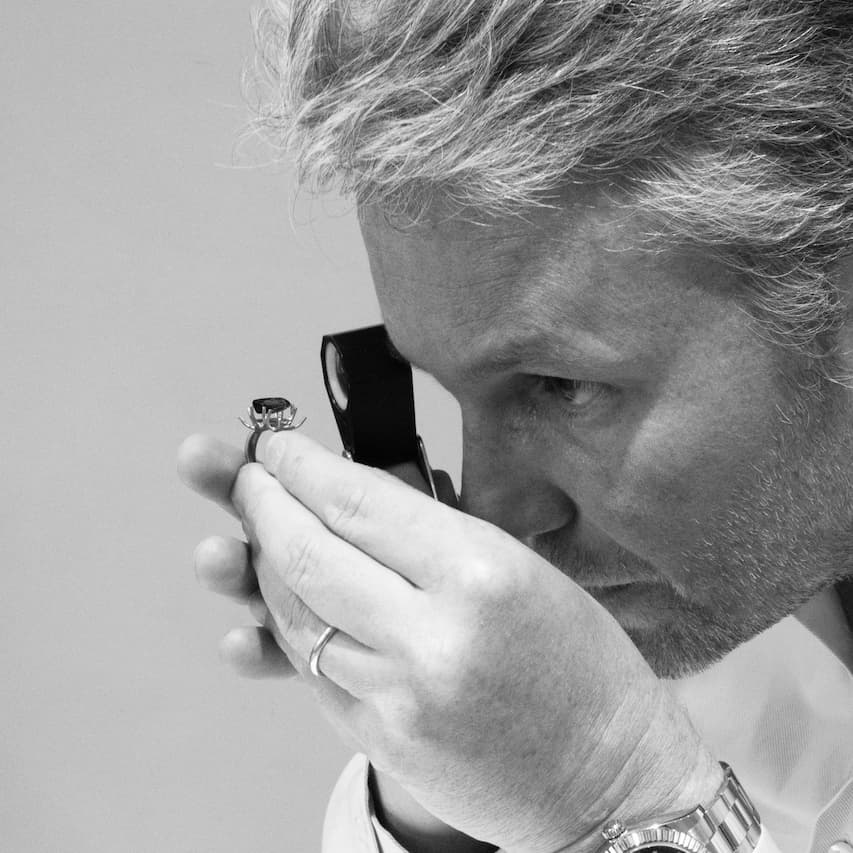
Peridot: virtues, lithotherapy and symbolism
Known and always worn, the peridot stone is surrounded by a strong symbolism that differs according to cultures and eras, but remains very solid and positive.
For example, in the Maghreb, it symbolizes brotherhood, joy and luck and the rough stones are worn in pendants. In Arabic, peridot is also called faridat. Israel sees the spirit of the Divine, glory and authority, and stones are often worn as necklaces. According to Christians, Aaron’s breastplate included 12 precious stones, including a peridot gem. A very large peridot stone adorns the shrine of the Magi in the cathedral of Cologne. As for the alchemists, they lend him virtues of refocusing and purification. Its green color is associated with the love of young boys and, in some cultures, they wear them in ears or pendant with stones left raw.
The properties of natural peridot are found in lithotherapy. Peridot stone has powerful antioxidant effects when associated with quartz. It purifies the subtle body and the physical body and positively activates the chakras of the heart and solar plexus. It offers to free oneself from negative attachments to harmful individuals, painful memories of the past and eliminates guilt. Wearing a pendant with a peridot stone helps to discover the lessons of its past, to feed on it without taking on a negative burden.
By dispelling old negative frequencies, peridot offers her wearer to find his own energy vibration and to advance in life with optimism and determination. Indeed, wearing a bracelet of stones polished with peridot helps to reduce jealousy and envy and to make room for the confidence, self-confidence and unity of the self without the need for aggression towards others.
To benefit from the benefits and virtues of the peridot stone, it is advisable to place it according to needs: as a necklace or rough stone pendant near the throat, as a ring, as a rolled stone bracelet to wear every day, etc. The peridot is considered the birthstone of the month of August, so it is perfectly suitable for people whose astrological sign is the lion if worn as a pendant.
Maintain your peridot stone
Peridot is a stone sensitive to acidity, so special attention should be paid to fragrances or slightly acidic cosmetic products that damage the stone. It is therefore recommended to maintain the stone, as well as the silver parts of the jewel, with soapy water and rinse it abundantly with clear water. Make sure to dry it with a soft cloth to avoid limestone deposits. Although of a higher hardness on the Mohns scale, peridot is sensitive to pressures and shocks, regardless of the size of the stone.
Peridot earrings, necklaces, bracelets or rings must be kept in a single pouch apart from other jewelry.
Contact BenGems to create your unique peridot jewelry and get advice from real specialists.
